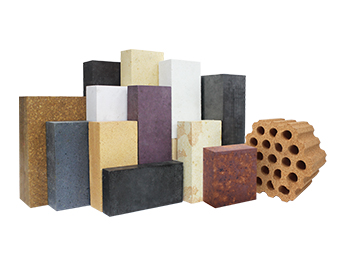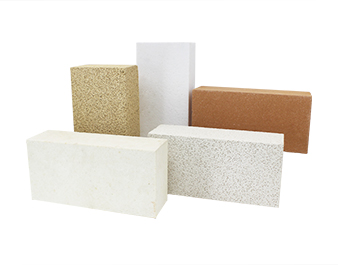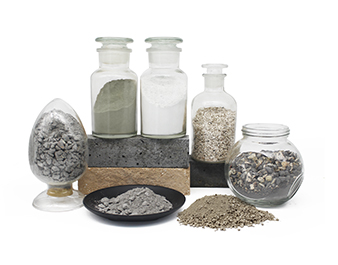
Ceramic Fiber Paper
- Bulk Density (kg/m³): 200-240
- Classification Temperature (℃): 1260-1350
- Tensile Strength/MPa: 0.4-0.7
- Thickness (mm): 0.5-6.4
- Loss of Ignition ≤/%: 6-10
- Certification: ISO9001/ISO14001/ISO45001/ISO50001
- Sample: testing of sample is available
Description of Ceramic Fiber Paper
Ceramic fiber paper is a paper refractory product made of ceramic fibers, also called aluminum silicate fiber paper. Ceramic fiber paper is a high-temperature refractory material, usually made of inorganic oxide fibers, mainly including Al2O3, SiO2, and ZrO2, and certain additives are added to make it compact. Ceramic fiber paper can not only be used as thermal insulation material for the inner wall of furnace lining and sealing material for high-temperature appliances, but also can be used as thermal insulation material for aviation and aerospace, and has a wide application prospect.
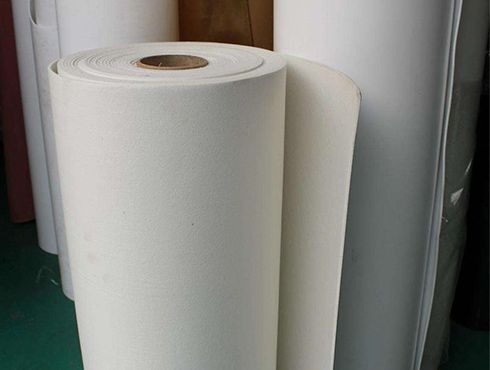

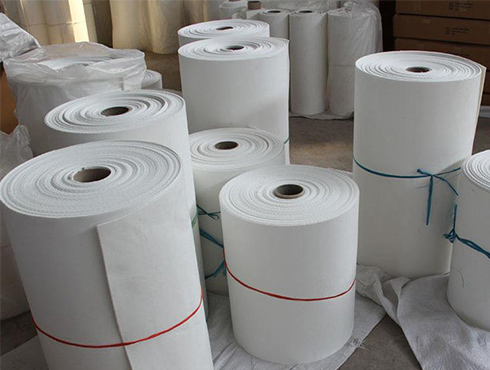
Kerui Ceramic Fiber Paper Technical Data Sheet
| Item/Grade | STD Paper | HD Paper | |
|---|---|---|---|
| Classification Temperature ≥/℃ | 1260 | 1350 | |
| Chemical Composition | ω (Al2O3)/% | 42-47 | 44-50 |
| ω (SiO2)/% | 52-57 | 49-55 | |
| Color | White | White | |
| Bulk Density (kg/m³) | 200 | 240 | |
| Tensile Strength/MPa | 0.4 | 0.7 | |
| Loss of Ignition ≤/% | 10 | 6 | |
| Thermal Conductivity Coefficient /[W/(m·K)] | 200℃ | 0.06 | 0.06 |
| 400℃ | 0.09 | 0.08 | |
| 600℃ | 0.13 | 0.13 | |
| 800℃ | 0.2 | 0.19 | |
| 1000℃ | / | 0.29 | |
| 1200℃ | / | 0.43 | |
Advantages of Ceramic Fiber Paper
Thermal Shock Resistance
It can withstand rapid changes in temperature without cracking or peeling and remains stable. This feature is especially valuable in applications where temperature fluctuations or thermal cycling are frequent.
Environmental Friendly
Ceramic fiber paper is composed of Inorganic material, does not contain harmful substances, does not release toxic substances at high temperatures, and contributes to a safer and healthier working environment.
High-Temperature Resistance
The highest heat-resistant temperature can withstand up to 1260°C or even higher, depending on the specific type of fiber. This property allows the ceramic fiber paper to maintain its integrity even at extreme heat.
Electrical Insulation
Ceramic fiber paper has electrical insulating properties and protects electrical components from thermal effects. Making it a reliable choice for applications that require insulation at high temperatures to prevent conduction.
Manufacturing Process of Ceramic Fiber Paper
Preparation of Fiber Suspension
Choose the right fiber and cut it into short pieces, and disperse it in the liquid medium. Additives may include binders, dispersants, thickeners, and other chemicals to control suspension characteristics and fiber dispersion.
Sheet Forming
The fiber suspension is poured onto a forming surface such as a wire mesh. As the suspension flows over the surface, the fibers begin to deposit and entangle with each other, forming a fiber mat or sheet.
Drainage and Pressing
The coagulated fiber mat can be drained and fiber compacted by applying gravity, vacuum, or pressure. Fiber mats can be subjected to a pressing step to further remove excess water and strengthen the structure. This can be done using a roller, press, or other means of applying pressure
Drying
Drying the wet fiber mat to remove residual moisture. This can be accomplished by air drying or oven drying. Controlled temperature and airflow are important to ensure even drying and prevent warping or damage to the ceramic fiber paper.
Sintering
The dried fiber mat may undergo a sintering process to improve its mechanical strength and thermal stability.
Finishing
Ceramic fiber paper undergoes additional treatments such as calendering, surface coating, or other processes to improve its surface characteristics and mechanical properties.
Application of Ceramic Fiber Paper
Kiln Lining
Ceramic fiber paper is used as a lining material for high-temperature kilns in industries such as steel, glass, cement, and nonferrous metals. It helps reduce heat loss, increases thermal efficiency, and protects furnace walls from harsh operating conditions.
Insulation in Refractory Structures
Ceramic fiber paper plays an insulating role in refractory structures such as kilns and ladle covers. It helps maintain the desired operating temperature, reduces heat transfer, and increases energy efficiency.
Backing Lining
Ceramic fiber paper is used as backing lining behind refractory bricks or castables. It enhances the insulating properties of the refractory lining, reduces heat loss, and improves overall thermal performance.
Heat Insulation and Sound Insulation of Automobiles
Ceramic fiber paper is used for heat insulation and sound insulation in the automobile industry. It is commonly used in engine compartments, exhaust systems, and interior cabin spaces to reduce heat transfer, suppress noise and vibration, and improve overall comfort and safety.

